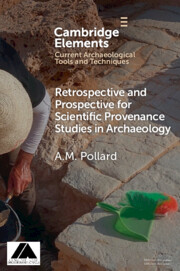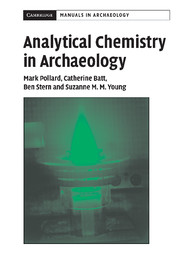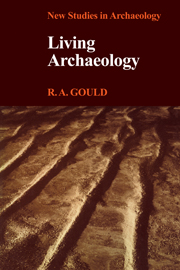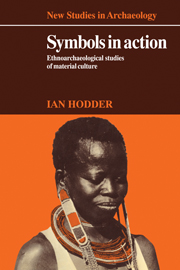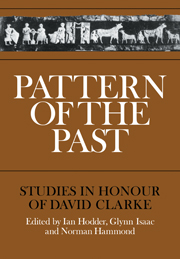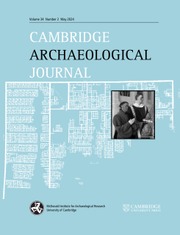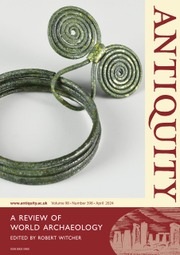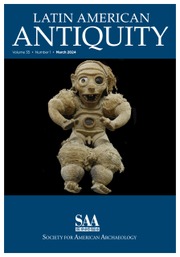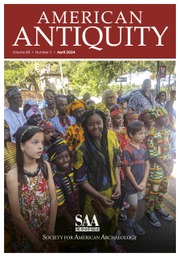Retrospective and Prospective for Scientific Provenance Studies in Archaeology
Provenance has been one of the major scientific applications in archaeology for a hundred years. The 'Golden Age' began in the 1950s, when large programmes were initiated focussing on bronzes, ceramics, and lithics. However, these had varying impact, ranging from wide acceptance to outright rejection. This Element reviews some of these programmes, mainly in Eurasia and North America, focussing on how the complexity of the material, and the effects of human behaviour, can impact on such studies. The conclusion is that provenance studies of lithic materials and obsidian are likely to be reliable, but those on ceramics and metals are increasingly complicated, especially in the light of mixing and recycling. An alternative is suggested, which focusses more on using scientific studies to understand the relationship between human selectivity and processing and the wider resources available, rather than on the simple question of 'where does this object come from'.
Product details
February 2025Adobe eBook Reader
9781009592239
0 pages
This ISBN is for an eBook version which is distributed on our behalf by a third party.
Table of Contents
- 1. The provenance hypothesis
- 2. The origins of chemical analysis in archaeology
- 3. The first expressions of provenance
- 4. The archaeological framework
- 5. Provenance in practice
- 6. The 'Golden Age' of provenance studies
- 7. Cracks in the façade
- 8. Towards a new provenance hypothesis
- References.

